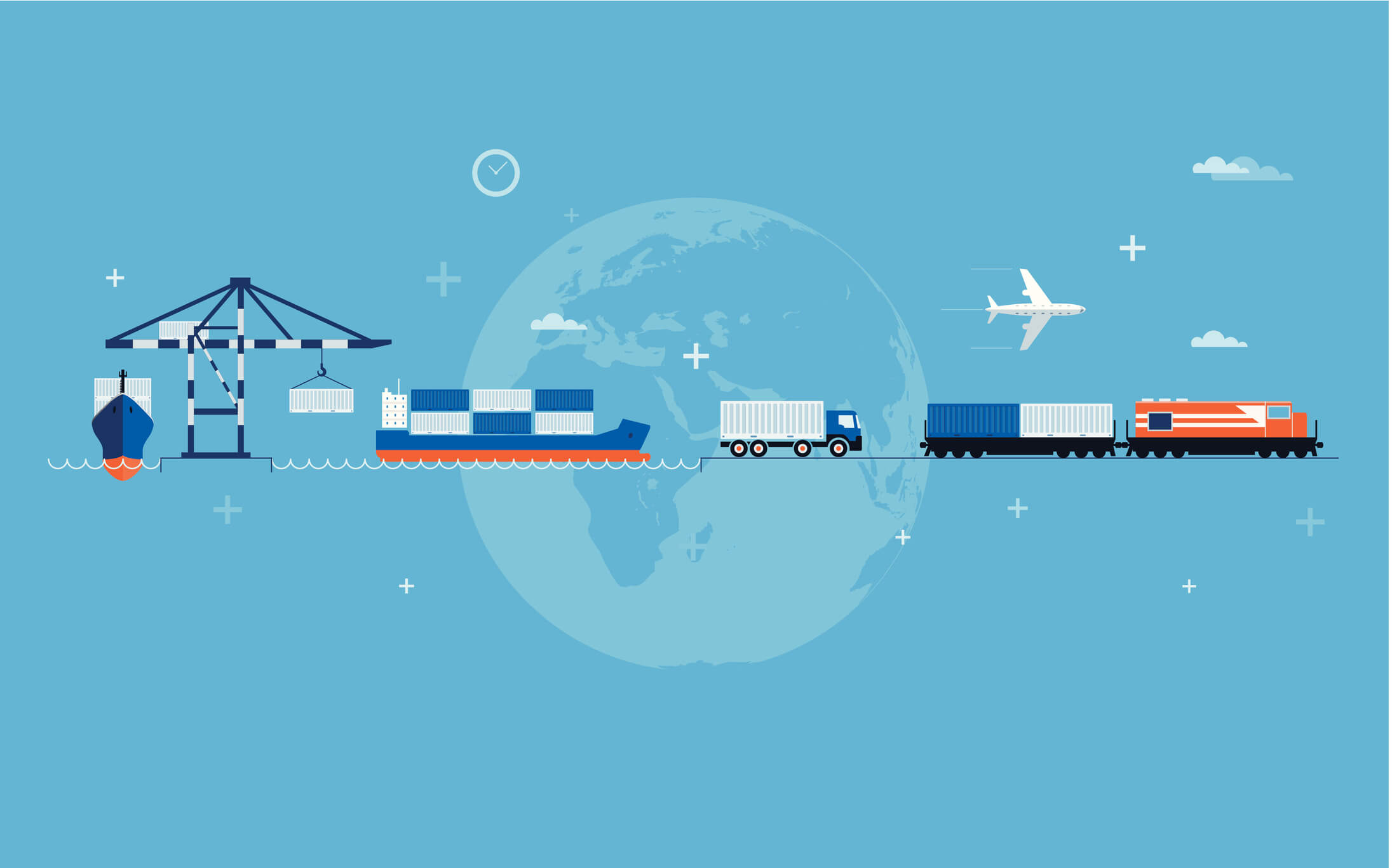
It’s no secret: Consumers and investors are putting their money toward sustainable brands. A staggering 73% of consumers are willing to change their consumption habits to reduce their environmental impact, according to a recent Nielsen survey. And since the largest source of greenhouse gas emissions in the US currently comes from transportation, there’s no better place to start implementing sustainable changes than your supply chain.
Many of our customers have expressed eagerness around making meaningful progress on sustainable changes to their supply chains, but tell us they’re not sure where to start. Frankly, it’s not surprising that this is such a daunting task for many companies; until recently, supply chain data was locked away in siloes, or not even captured in the first place. In the six years since FourKites was founded, the entire industry has made huge strides in embracing data collection and analysis for strategic decision-making. At FourKites, we’re committed to leveraging the largest network of supply chain data to help our customers achieve their sustainability objectives, in the same way that we’ve helped them transform their operations with real-time visibility.
We’ve developed the following framework to help our customers set – and achieve – quantifiable sustainability goals by leveraging the data available in the FourKites platform.
You can’t fix what you can’t see. The FourKites data network sheds light on inefficiencies and waste across your supply chain. Our platform can help you identify your biggest sources of dwell time (idle assets wasting fuel), lanes with empty miles and inefficient routes. Many of the insights you rely on to cut costs or manage the relationships in your supply chain can easily be analyzed through the lens of sustainability.
Once you start keeping tabs on supply chain sustainability within FourKites, you can establish your baseline and start setting goals. There are a number of possibilities for how a company can go about this, but we recommend setting quantifiable goals that can be easily measured with your existing technology resources. Here are some examples of sustainability goals that you can easily track in FourKites:
Choose one or two goals for your organization and start working toward them today!
Don’t let your sustainability initiative get stuck in “pilot mode”; it should be something that you continue to monitor, cultivate and expand for best results. Many of these data-backed sustainability initiatives can easily scale across departments and incorporate additional metrics. Re-evaluate your goals at least quarterly, and continue to identify your sustainability blindspots with the data available to you.
Here are a few questions to ask yourself when evaluating your sustainability initiative:
. . . . . . . . . . . . . . . . . . . .
There’s no doubt that companies who prioritize sustainability will see the long-term competitive advantage. We believe that every business can be a sustainable business, and every supply chain professional can be a sustainability champion in his/her organization. At FourKites, we are committed to working closely with our customers and partners to build a sustainable future together.
To learn more about how we and other leaders in the logistics community are thinking about supply chain sustainability, please join us later this month at our Virtual Summit: The Future of Supply Chain Sustainability – the largest ever virtual conference focused on supply chain sustainability at the end of this month. With three webinars in three days, you’ll hear nine supply chain leaders – from Henkel, Coca-Cola, Land O’Lakes, Consumer Brands Association, CSCMP and others – share a bold vision for how businesses can optimize operations to support their sustainability initiatives.